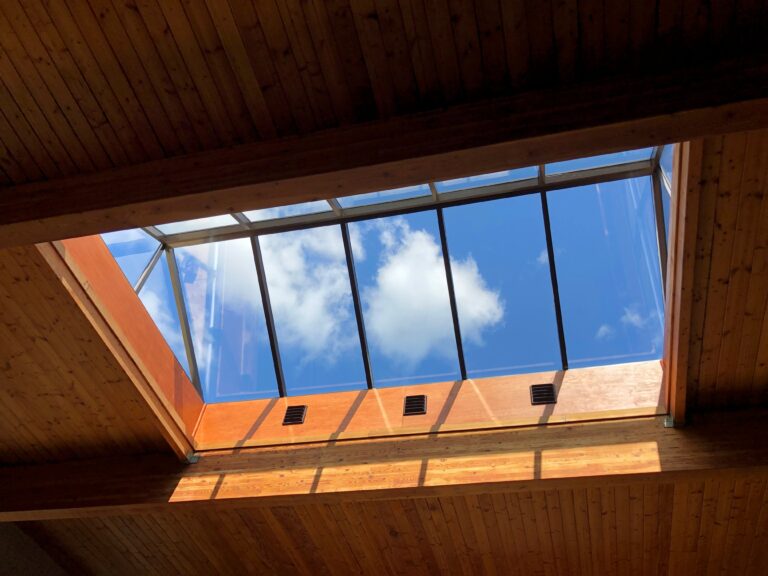Rooms Planner Your Complete Guide to Designing Perfect Spaces
You could be redesigning a bedroom, planning the layout of an office, or staging a property to sell—a room planner can bring your ideas visually to life, fast, simply, and beautifully. Whether you want a free web-based tool, a full-featured desktop application, or a platform ready to be developed, this guide will take you through the best available options and how to use them.
Key Takeaways
- A room planner allows you to plan, design, and decorate interiors in 2D and 3D.
- Tools range from easy-to-use web applications to professional-grade software.
- Select the appropriate planner based on your project: single room, whole house, or commercial space.
- Many tools now feature real-time walkthroughs and virtual tours.
- Expert tips can help simplify your planning process.
What Is a Room Planner and Why Do You Need One
A room planner is an online application that allows you to create floor plans, add furniture, test finishes, and even walk through your designs in 3D. No complicated CAD programs or expert assistance are required—many planners are made with non-experts in mind.
For example, when I helped a relative redesign their living room, we used Floorplanner to experiment with the positioning of sofas and the lighting system. It saved time, reduced costs, and produced an excellent result, with the bonus of previewing everything before purchasing.
Popular Rooms Planner Tools Worth Exploring
Here are five standout tools tailored to various needs:
- RoomSketcher
Easy to use, offers 2D/3D floor plans and a large object library. - Planner 5D
Highly optimized for mobile use, with photorealistic renders. - Floorplanner
Excellent for real estate staging, supports 8K resolution, and a massive object library. - Planoplan
Ideal for users needing technical or lighting plans, with integrated virtual tours. - RoomToDo
Allows blueprint imports, slanted walls, and offers a vast library of finishes.
Which Rooms Planner Is the Right One for You?
To choose the right room planner, consider the following:
- Project Scale: Are you designing a single room or a whole apartment?
- Visual Realism: Some tools offer photorealism and immersive virtual tours.
- Advanced Features: Do you need floor plan precision or lighting design for commercial or technical use?
- Budget and Platform: Many web-based tools are free; desktop or VR platforms may require a subscription.
For casual redecorating, RoomSketcher or Planner 5D (free versions) are great choices. For professional or real estate work, Floorplanner or RoomToDo offer more advanced capabilities.
Design a Room: Step-by-Step Rooms Planner Guide
- Open or Save Your Floor Plan
Start with a blueprint image or draw the layout manually with correct dimensions. - Position Walls, Doors & Windows
Use drag-and-drop tools to define structural elements. - Add Furnishings
Browse catalogs for sofas, beds, tables, lighting, and more. - Customize Finishes
Apply paint colors, wall textures, flooring, and ceiling designs. - 2D & 3D Preview
Switch between top-down 2D views and immersive 3D models. - Export / Share
Download images or generate virtual tours to share with contractors, clients, or friends.
Pro Tip: Use Virtual Tours and AI Tools
State-of-the-art features like panoramic renderings and walkthroughs (e.g., Planoplan) elevate the design experience. Planner 5D now includes AI-generated design suggestions, helping non-designers experiment and iterate quickly.
Common Mistakes to Avoid
- Not Measuring the Room – Always double-check dimensions.
- Overcrowding the Layout – Maintain open walkways for flow.
- Ignoring Lighting and Scale – Simulate lighting to prevent cramped or shadowy rooms.
- Finalizing Without Review – Always review your design with others before execution.
Who Needs Room Planner?
- DIY Decorators – Visualize before you buy.
- Interior Designers – Create sleek, presentable mock-ups.
- Real Estate Agents – Virtually stage properties for listings.
- Builders & Architects – Quickly test and share layout ideas.
Rooms Planner FAQs
Q: Is room planner software free?
A: Most offer free versions with basic features. Premium features (e.g., high-res exports, large object libraries, virtual tours) usually require a subscription.
Q: Do I need design experience?
A: Not at all. These tools are beginner-friendly—no CAD knowledge needed.
Q: Can I switch tools mid-project?
A: Some support file export/import formats like OBJ or DWG. Check for compatibility before switching.
Q: Can I share my design publicly?
A: Yes! Most platforms offer shareable links, downloadable images, or VR walk-throughs.
Conclusion
A room planner transforms creative ideas into tangible designs—a true bridge between imagination and execution. Whether you’re designing for your home or a client, tools like RoomSketcher, Planner 5D, Floorplanner, Planoplan, or RoomToDo will save time, money, and uncertainty.
Next time you wake up with a brilliant design idea, open a digital room planner—because your dream space is just a click away.
